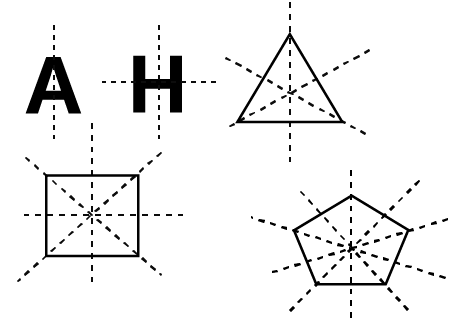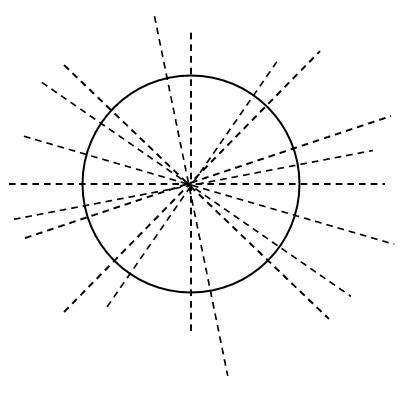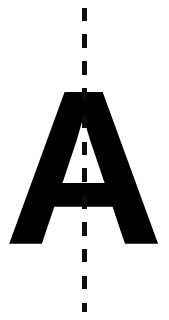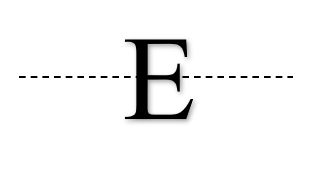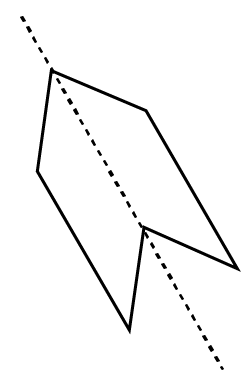Maths Notes for Chapter 13 Symmetry Class 6 - FREE PDF Download
FAQs on Symmetry Class 6 Maths Chapter 13 CBSE Notes - 2025-26
1. What are the key concepts to focus on when revising Symmetry for Class 6?
For a quick and effective revision of Class 6 Maths Chapter 13, Symmetry, you should focus on the following core concepts:
The basic definition of symmetry and what makes a figure symmetrical.
Identifying the line of symmetry (or axis of symmetry) in various geometric shapes.
Understanding the difference between figures with one, two, or multiple lines of symmetry.
The relationship between reflection and symmetry, using a mirror line as a practical example.
Recognising symmetrical patterns in everyday objects and the English alphabet.
2. How can you quickly define a line of symmetry in a figure?
A line of symmetry is an imaginary line that divides a figure into two identical halves. If you were to fold the figure along this line, one half would perfectly overlap the other half. For a quick check, you can visualise placing a mirror on the line; the reflection of one half should perfectly match the other half.
3. How does the concept of reflection relate to symmetry?
Reflection and symmetry are closely related concepts. The line of symmetry acts exactly like a mirror line. The part of the figure on one side of the line is the perfect reflection of the part on the other side. This means every point on one half of the figure is at the same perpendicular distance from the line of symmetry as its corresponding point on the other half.
4. Can a figure have more than one line of symmetry? Explain with an example.
Yes, a figure can have multiple lines of symmetry. For a quick recap, consider these examples:
A rectangle has two lines of symmetry: one horizontal and one vertical, passing through its centre.
A square has four lines of symmetry: two that pass through the midpoints of opposite sides and two that are its diagonals.
A circle has infinite lines of symmetry, as any line passing through its centre will divide it into two identical semicircles.
5. What is the difference between symmetrical and asymmetrical figures?
The key difference lies in whether a line of symmetry can be drawn. A symmetrical figure is one that can be divided by at least one line of symmetry into two identical halves. Examples include squares, equilateral triangles, and the letter 'A'. An asymmetrical figure is a figure that has no line of symmetry; it cannot be divided into two identical halves by any straight line. Examples include a scalene triangle and the letter 'J'.
6. Which letters of the English alphabet have a vertical line of symmetry?
For a quick revision of vertical symmetry, you can recall the following capital letters from the English alphabet: A, H, I, M, O, T, U, V, W, X, and Y. Each of these letters can be divided by a vertical line into two identical, mirror-image halves.
7. What is the best way to revise the chapter on Symmetry to ensure all concepts are covered?
A good revision strategy for Symmetry is to start with the basics and build from there. First, master the definition of symmetry and the line of symmetry. Then, practice identifying these lines in simple shapes. Progress to more complex shapes with multiple lines of symmetry. Finally, connect the concept to real-world examples like architecture, nature, and art to solidify your understanding. Drawing figures and their lines of symmetry is an excellent way to revise.

















